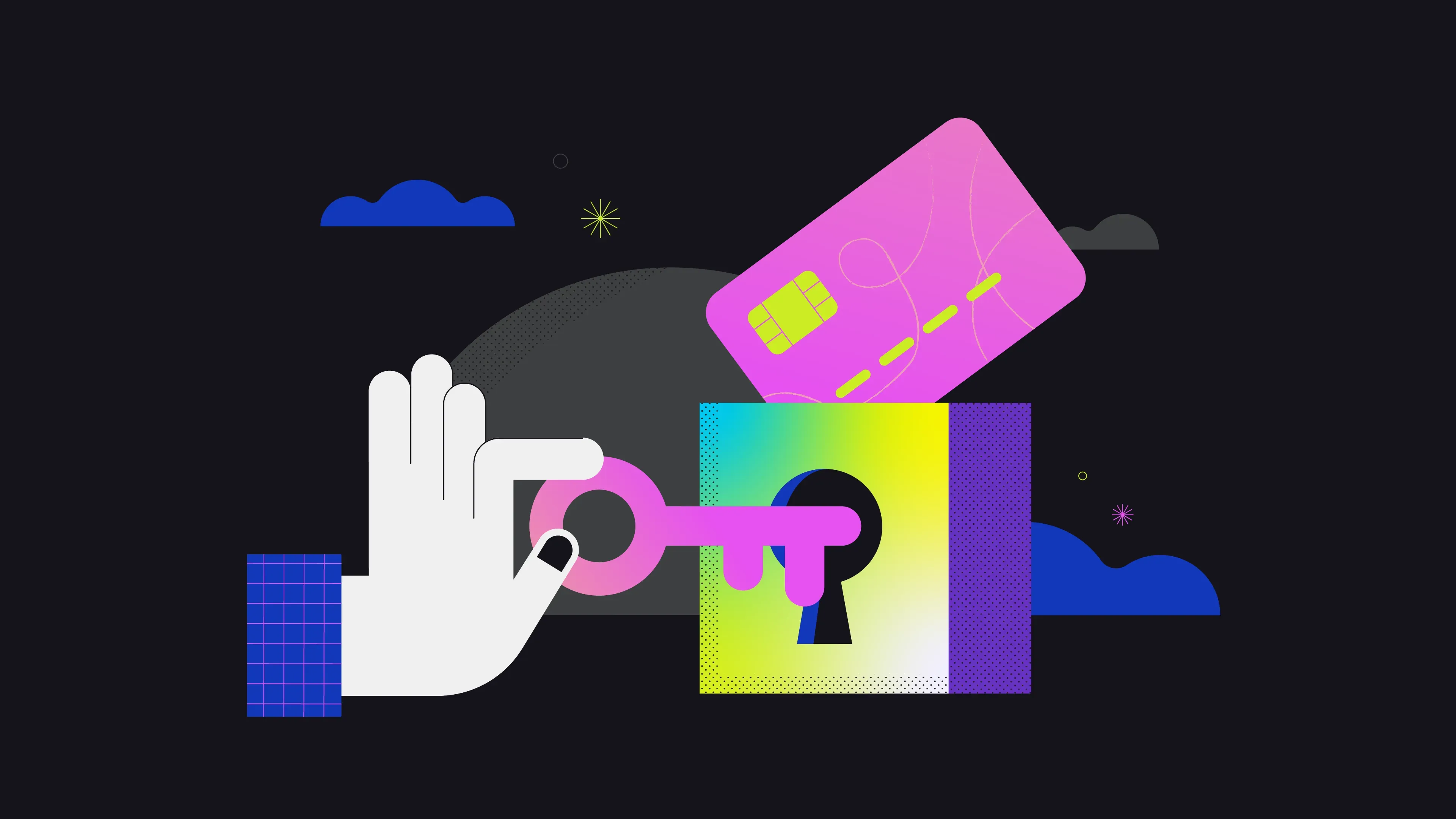
What Data and Customer Insights Should You Be Collecting on Your Loyalty Program
As businesses strive to build and maintain a loyal customer base, loyalty programs have become an essential tool. These programs not only incentivize customers to make repeat purchases, but also provide valuable data and insights that can drive business growth. However, many businesses are not fully capitalizing on the potential of their loyalty programs when it comes to collecting and utilizing customer data.
In this blog post, we will explore the importance of data in loyalty programs and discuss the types of data that businesses should be collecting. We will also delve into effective strategies for gathering customer insights from loyalty programs and how to implement data-driven strategies to enhance customer retention and improve overall customer experience.
Understanding the Importance of Data in Loyalty Programs
Data is the driving force behind successful loyalty programs. It provides businesses with valuable insights into customer behavior, preferences, and purchasing patterns. By analyzing this data, businesses can make informed decisions about their loyalty program offerings, effectively target their marketing efforts, and create personalized experiences that resonate with their customers.
Types of Data to Collect in a Loyalty Program
There are several types of data that businesses should be collecting in their loyalty programs:
-
Personal Data: This includes basic customer information such as name, email address, and contact details. Collecting personal data allows businesses to personalize communications and tailor rewards to individual customers.
-
Transactional Data: This data includes information about customer purchases, such as frequency, value, and product preferences. Transactional data helps businesses identify high-value customers, analyze purchasing trends, and create targeted offers.
-
Behavioral Data: This data tracks customer interactions and engagement with the loyalty program, such as website visits, social media interactions, and participation in promotions. Behavioral data provides insights into customer loyalty and engagement levels, helping businesses identify opportunities for improvement.
-
Feedback and Survey Data: Gathering feedback and conducting surveys allows businesses to directly capture customer opinions, preferences, and satisfaction levels. This data helps businesses understand customer needs and preferences, enabling them to make strategic decisions to enhance their loyalty program.
How to Gather Customer Insights from Your Loyalty Program
To effectively gather customer insights from your loyalty program, consider the following strategies:
-
Using Analytics Tools: Utilize analytics tools to analyze the data collected from your loyalty program. These tools can provide valuable insights into customer behavior, purchasing patterns, and engagement levels. By leveraging these insights, businesses can make data-driven decisions to optimize their loyalty program offerings.
-
Surveying Your Customers: Conduct surveys to gather direct feedback from your customers. Ask about their satisfaction levels, preferences, and suggestions for improvement. Surveys can provide valuable insights into customer needs and expectations, helping businesses enhance their loyalty program experience.
-
Learning from Customer Interactions and Feedback: Pay attention to customer interactions and feedback within your loyalty program. Monitor customer inquiries, complaints, and suggestions to identify areas for improvement. By actively listening to your customers, you can gain valuable insights and make necessary adjustments to enhance their experience.
Implementing Data-Driven Strategies in Your Loyalty Program
Once you have collected customer data and insights, it's important to implement data-driven strategies to maximize the value of your loyalty program. Consider the following approaches:
-
Personalized Rewards and Offers: Leverage customer data to deliver personalized rewards and offers. Tailor rewards based on customer preferences and purchasing history to increase engagement and loyalty.
-
Predictive Analytics for Customer Retention: Use predictive analytics to identify customers who are at risk of churn. By analyzing customer behavior patterns, businesses can proactively take steps to retain these customers and prevent attrition.
-
Improved Customer Service through Data: Utilize customer data to enhance your customer service. By understanding customer preferences and past interactions, businesses can provide more personalized and efficient support, creating a positive customer experience.
Ensuring Data Privacy and Security in Your Loyalty Program
While collecting customer data is crucial, it is equally important to prioritize data privacy and security. Businesses should:
-
Ensure Compliance with Data Privacy Laws: Familiarize yourself with data privacy regulations and ensure your loyalty program complies with these laws. Obtain proper consent from customers and handle their data responsibly.
-
Secure Customer Data: Implement robust security measures to protect customer data from unauthorized access, breaches, and misuse. Encrypt sensitive data, restrict access, and regularly update security protocols.
-
Communicate Data Use and Privacy to Customers: Be transparent about how you collect, use, and protect customer data. Clearly communicate your data privacy policy to customers, assuring them that their information is safe and will be used responsibly.
In conclusion, collecting and utilizing the right data and customer insights is essential for the success of any loyalty program. By understanding the importance of data, collecting the right types of data, and implementing data-driven strategies, businesses can enhance customer retention, improve customer experience, and drive overall business growth.